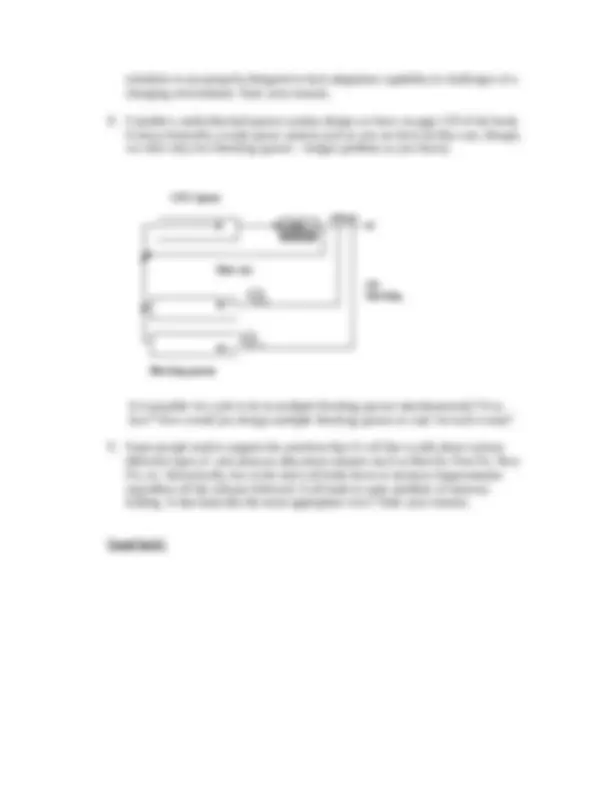



Study with the several resources on Docsity

Earn points by helping other students or get them with a premium plan


Prepare for your exams
Study with the several resources on Docsity

Earn points to download
Earn points by helping other students or get them with a premium plan
Community
Ask the community for help and clear up your study doubts
Discover the best universities in your country according to Docsity users
Free resources
Download our free guides on studying techniques, anxiety management strategies, and thesis advice from Docsity tutors
Material Type: Exam; Professor: Sengupta; Class: Operating Systems & Networking; Subject: Computer Information Science; University: SUNY Institute of Technology at Utica-Rome; Term: Fall 2006;
Typology: Exams
1 / 2

This page cannot be seen from the preview
Don't miss anything!


Test I Operating Systems and Networking CS- Fall 2006 Time: 2:00 hrs. Answer any five questions from below Policy: Open books and open notes Date: September 27, 2006
scheduler is not properly designed or lack adaptation capability to challenges of a changing environment. State your reasons.
On blocking CPU-Queue